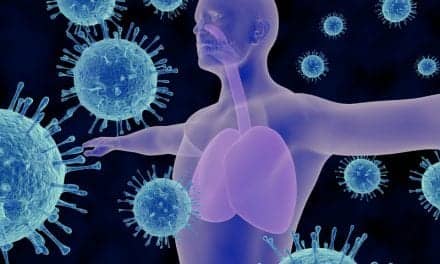Danish scientists have developed a method that gives a precise picture of how the immune system works during a chronic infection. Using 5 mm silicone tubes, they created a model system that allows them to examine how the immune system and bacteria interact in isolation.
“Although we have always suspected that to cause a chronic infection, bacteria knock out the immune system’s white blood cells, the new method allows us to see precisely what happens. Instead of looking down on the bacterial surface, we can examine a section to see the interaction directly and follow how the bacteria react to white blood cells and to antibiotics. That enables us to understand the basic processes behind chronic infections," explained Thomas Bjarnsholt, associate professor at the University of Copenhagen.
"The new method allows us to investigate which compounds the bacteria are secreting while overpowering the white blood cells,” added Maria Alhede, a PhD student in the department of international health, immunology, and microbiology at the University of Copenhagen. “Conversely, we can also see what happens when the immune system works. The white blood cells make DNA traps that capture the bacteria, but that used to be only a guess," added Maria Alhede, from the Department for International Health, Immunology and Microbiology at the University of Copenhagen.
The research team combined light microscopy and electron microscopy to show visually exactly what happens in the body when biofilm bacteria meet the immune system or are treated with antibiotics. The method also makes it possible to investigate what processes are activated when scientists test new medicine.
"Chronic infections most often arise when we introduce foreign objects into the body, such as catheters and implants like artificial hips and knees. But chronic bacterial infections also plague many children with middle-ear infections, as well as diabetics, who run a great risk of developing chronic sores on legs and feet. For patients with cystic fibrosis, the chronic pneumonia caused by the aggressive Pseudomonas bacteria is directly life-threatening. Now we have the opportunity to see the exact mechanism of a drug," said Niels Høiby, professor at Rigshospitalet.
Source: University of Copenhagen








